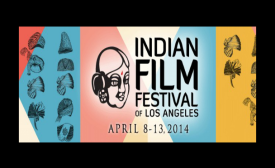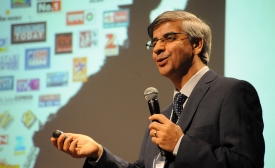india
Mohammad Amin Pandith, a smallholder and father-of-three from Indian-controlled Kashmir, was lured from his home at night by a man in army uniform, dragged along a potholed lane and shot in the back of the head.
Public Diplomacy: A Global Phenomenon
In 2013, at least 136 countries were active in public diplomacy, both as principals and/or receivers, and PD activity took place in every region of the world. As represented in Figure 1, the United States, China, India, Russia, Israel, and the United Kingdom were the most mentioned actors in PD stories throughout the year.
The humid Tuesday evening wanes as Akeel Shaikh, 19, spews a blend of Hindi and Urdu commands into his cell phone, rounding up members of his Muslim political group from the narrow booth of a Mumbai bakery and milk bar.


Global communications scholar Daya Kishan Thussu, whose most recent work is Communicating India’s Soft Power: Buddha to Bollywood, spoke at CPD as part of the Conversations in Public Diplomacy series. Thussu’s book considers India’s global cultural influence, within the context of India’s unique history.
Neon Tommy is hosting short stories and blog posts by reporters traveling to Pune and Mumbai, India, through the Knight Program on Media and Religion, headed by Diane Winston at the Annenberg School for Communication and Journalism.
A recent report by the Office of the United Nations High Commissioner for Human Rights carried the strongest criticism yet of Sri Lanka’s Human Rights record. The report, Promoting Reconciliation and Accountability in Sri Lanka points out that the Sri Lankan government has “failed to ensure independent and credible investigations into past violations of international human rights and humanitarian law.”
With only a few weeks until India elects its next prime minister, the country's "demographic dividend" - the young people who provide its best hope of becoming a major economic power - is about to become its democratic dividend.







